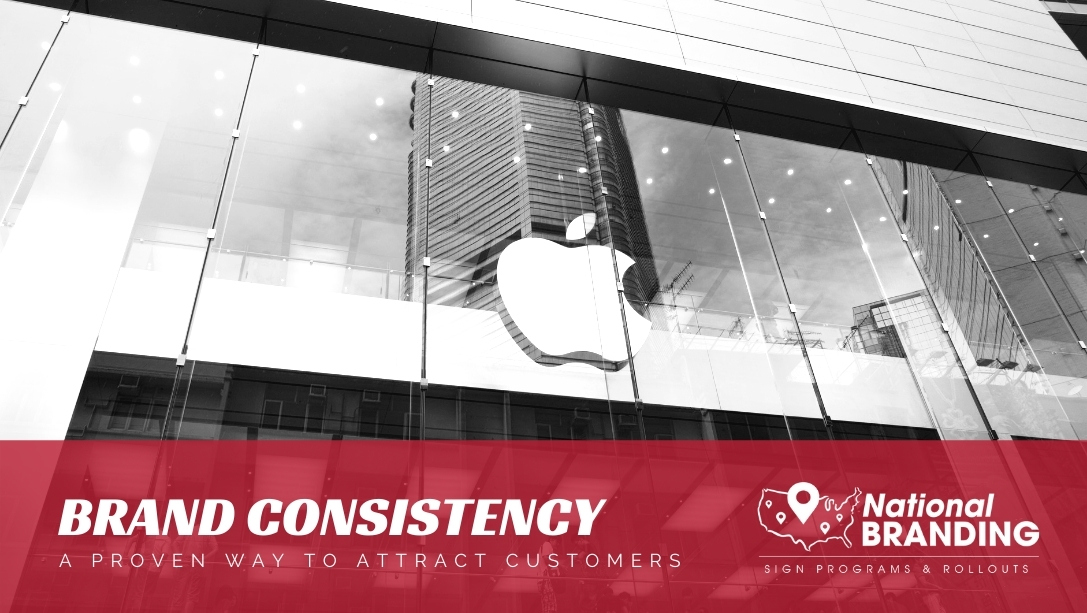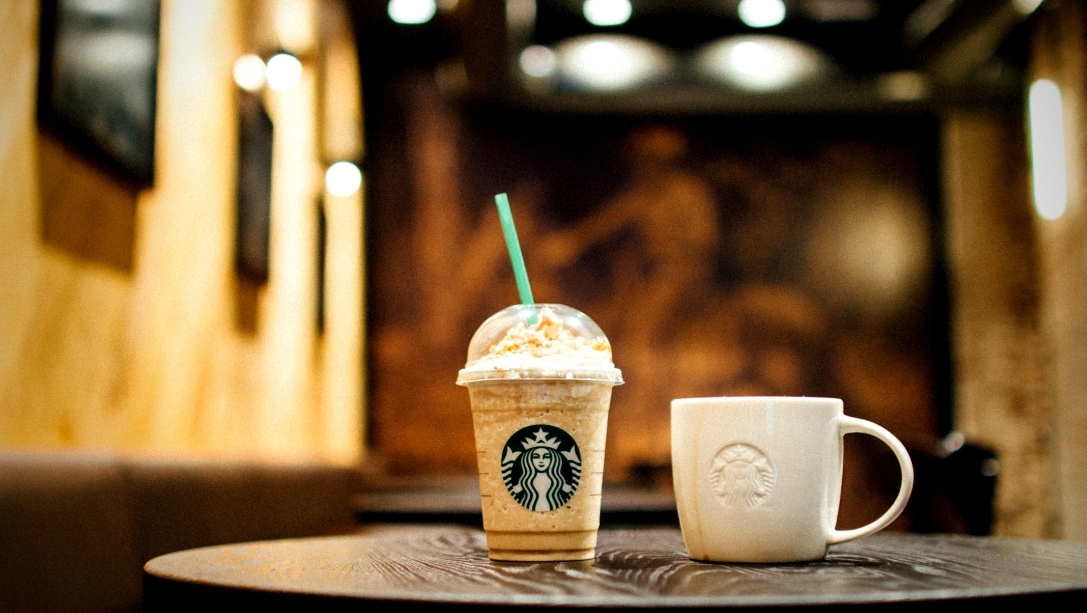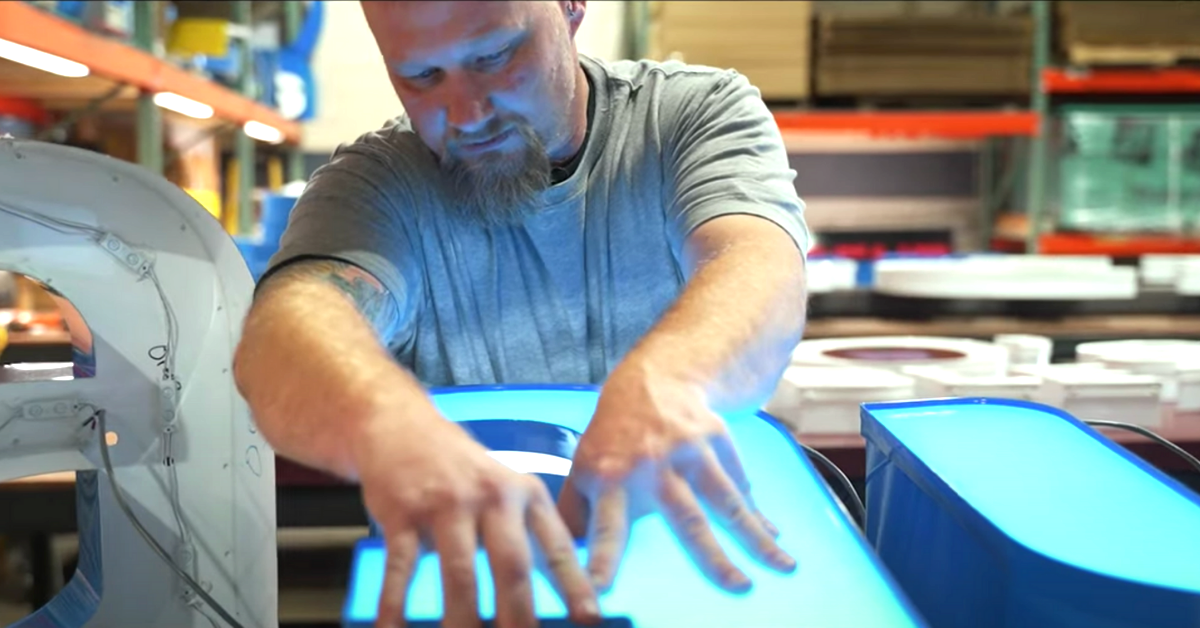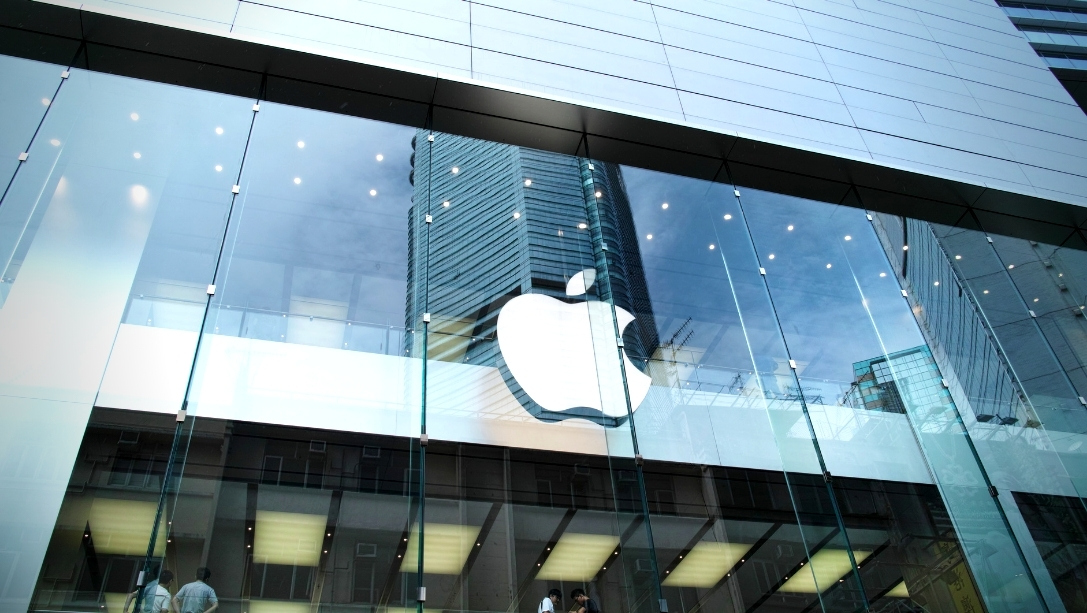
Here’s how your business can do it right.
With the click of a button, we can do things in seconds that once took days or weeks. Messages to customers are easier to send. Signs have faster turnaround. And there’s a larger audience we can reach. There are so many choices — literally at your (and their) fingertips.
First, the pros and cons of today’s instant messaging
Getting the message out there fast is great for business promotion and brand awareness — if done right.
If not, it can get messy. An example: Miele Appliances, a century-old company, wanted to appeal to a younger, contemporary audience by honoring International Women’s Day on social channels. To do that, they shared a photo of women celebrating the day by sitting on a washer and dryer. Yes, Miele sells washers and dryers — but they also sold an unintended message. Since most companies don’t want to be associated with sexism, the post was removed when their Internet followers pointed out the mistake. People, even when representing large companies, will make mistakes — to err is human.
But it’s also human to plan ahead and to make sure the message you are sending out is the right one for your business. That’s why it’s important to think about who you are as a business, the authentic message about your brand that you want to send (being genuine is an important business aspect to consumers), and to map out on how to best roll out your brand, which is an area of National Branding’s expertise.
That planning and hard work pays off — consistent branding increases revenue by nearly 25%.

So what exactly is brand consistency?
It’s taking all the parts that form the character of your company — visible or invisible, tangible or intangible — and keeping it authentically you.
At its essence, brand consistency is about two things: Depth and width. The depth of your brand is contained in its history and its current awareness with your audience. But don’t forget the width, which is how wide-spread your brand is and how much you include it in everything you do — from the sign on the front of your business to your email signature.
Let’s look at brand consistency from a consumer’s point of view. Brand consistency is what may entice you to choose Starbucks for your morning caffeine. Yes, it’s a little pricier than their competitors. But you can order a uniquely-yours and slightly obnoxious drink — like a triple-shot venti soy no-foam latte — and get it the way you want it. And, as a bonus, you might like that they are an environmentally friendly company (National Branding is a longtime supporter of environmental sustainability too), which is reflected by the use of green in the Starbucks logo.
But what would happen if they consistently fell short on their brand promise of greener practices or your made-to-order satisfaction? You’d probably find another caffeine dealer. That’s why consistency is important.
My business already has customer satisfaction. Why else does this matter?
It’s all about growing relationships and gaining new ones.
It visually establishes your business
In a competitive world, branding helps your customers and clients, both current and potential, recognize you. Keeping your look, logo and colors consistent is something you can do as a business leader so people easily pick you out of a crowd no matter your location — physical store, social media or trade show.
But it doesn’t just help your customers. It’s also a guide for your employees and managing team to stay aligned with your mission and promotional efforts. Keeping a similar look and feel — that’s marketing jargon for organized and clear visual messaging — guides your team in the decisions they make. If your messages to employees are clear, they will understand what you are working together to achieve, and they’ll pass that along to the people they interact with on the business’ behalf.

It’s a trust builder
Trust is what drives business loyalty and repeat customers. And to build trust, customers need to get to know your business. Like, really know what you are all about. That’s why it’s important to be deliberate when visually representing your business’ brand. And, to do this, your core message and look should stay consistent. Just like us, customers process information based on what they’ve seen and experienced.
Variety may be the spice of life — but it’s not what builds relationships. But consistency does. Think of it like this: When networking, you’ve met two different people and you don’t know either well yet. One often looks a bit disheveled and gives a different story on the same topic with each interaction you’ve had. The other has a professional demeanor and has been consistent with what they’ve told you. All things equal, who would you trust?
How can I make my business’ brand more consistent?
Starbucks happens to be a 50-year-old company. But building a consistent brand doesn’t have to require a long-established history. You can start now.
Know who you are and flaunt what makes you different — and better
Your brand is more than a logo. It’s everything that represents your company and what makes you better than your competition. Choose a quality that differentiates you and stick to that core part of your brand in your messaging. Thyme & Honey, a small Michigan business, specializes in healthy eating and has a brand that is rooted in using Earth’s natural items in a colorful, creative way. In their marketing efforts, the owners shared that — in addition to their culinary expertise — they cut and sand the charcuterie boards for each order. For the 2020 holidays, they created a wreath-shaped board that sold out in days. Their marketing efforts were successful because what they promoted tied back into their brand.

Create brand guidelines
Let’s be direct — the attractiveness, legibility, quality and uniqueness of the messages and signs you create can impact your business’ bottom line. To reach your customers, you need to clearly communicate your message. When it comes to company standards, make a style guide with an approved logo, colors and typefaces. Create a guide that includes a main color, a couple primary colors, and a handful — no more than seven — of complementary colors. When choosing your typeface to use, limit the number of font families at two or three. Remember: Not all of these need to go on your signage at once.
Have all the right signs
It’s all about meeting customers where they are. Your marketing and branding messages need to reach audiences in several places. From social media to your mobile app, email marketing to roadside billboards, and curbside pickup A-frames to your customer support team, consumers should be interacting with your brand all over the place.

Get the right people in your corner
You know the heart and soul of your business — use that to assemble your dream team of marketers, designers and builders. Don’t have an in-house team? National Branding can help. With a large facility of fabrication equipment and skilled tradespeople, National Branding’s staff can creatively make everything and properly install it. National Branding has experience with the big stuff — like exterior lighted building logos or monument LED signs — down to the little corporate identity business details that matter.



